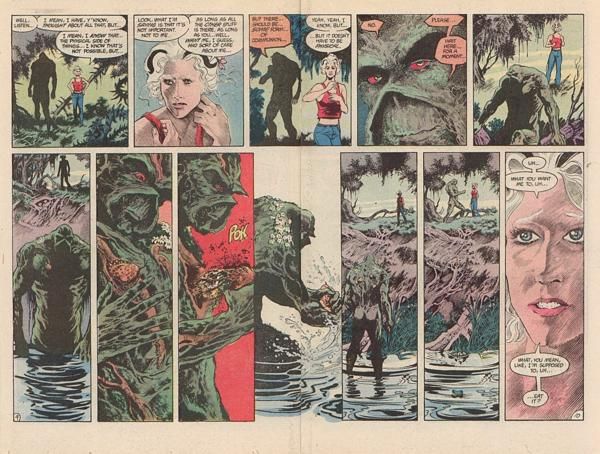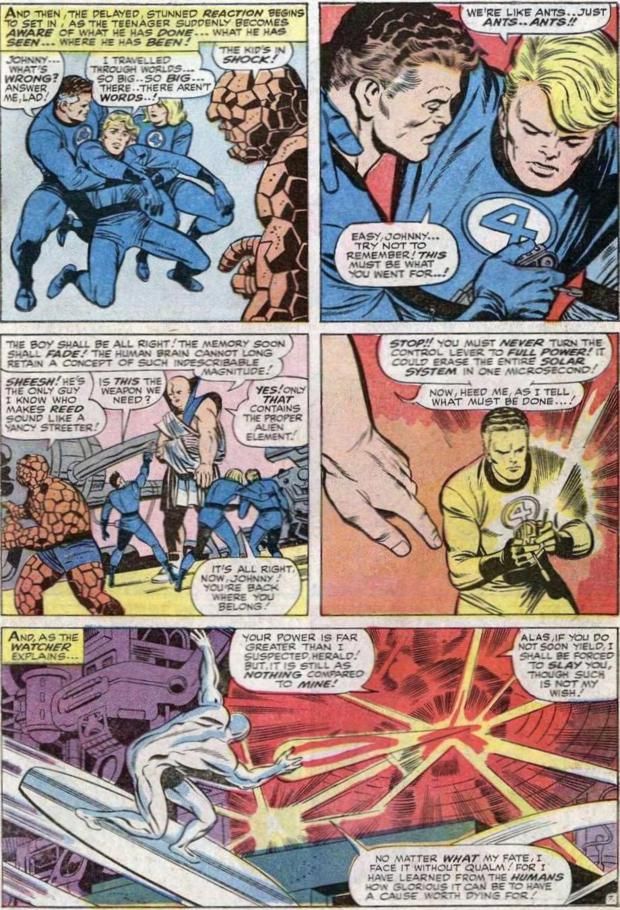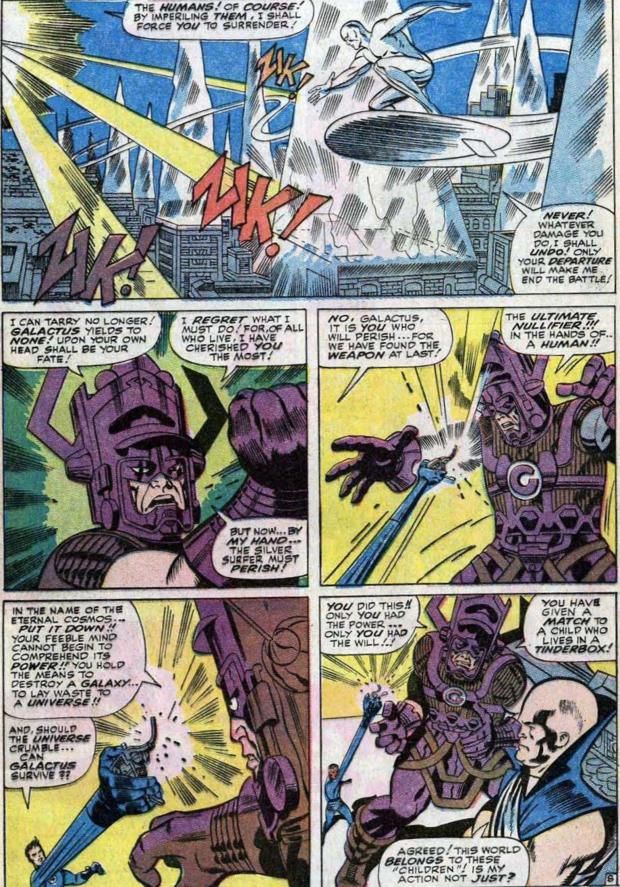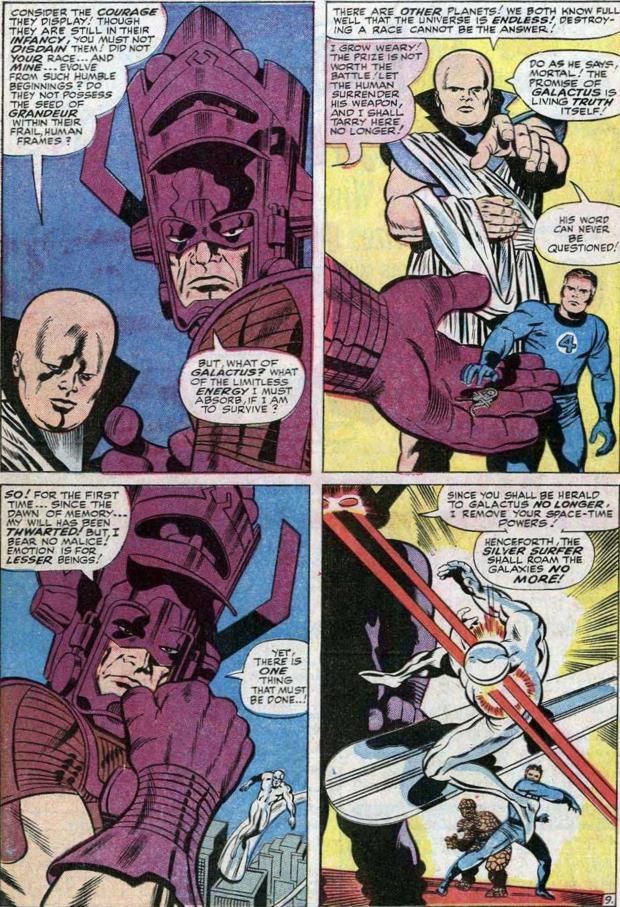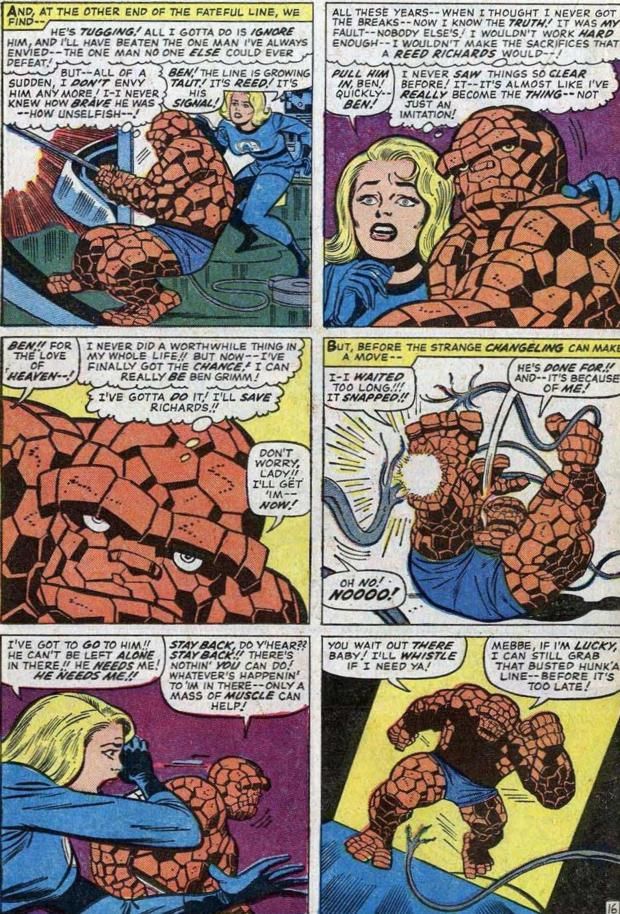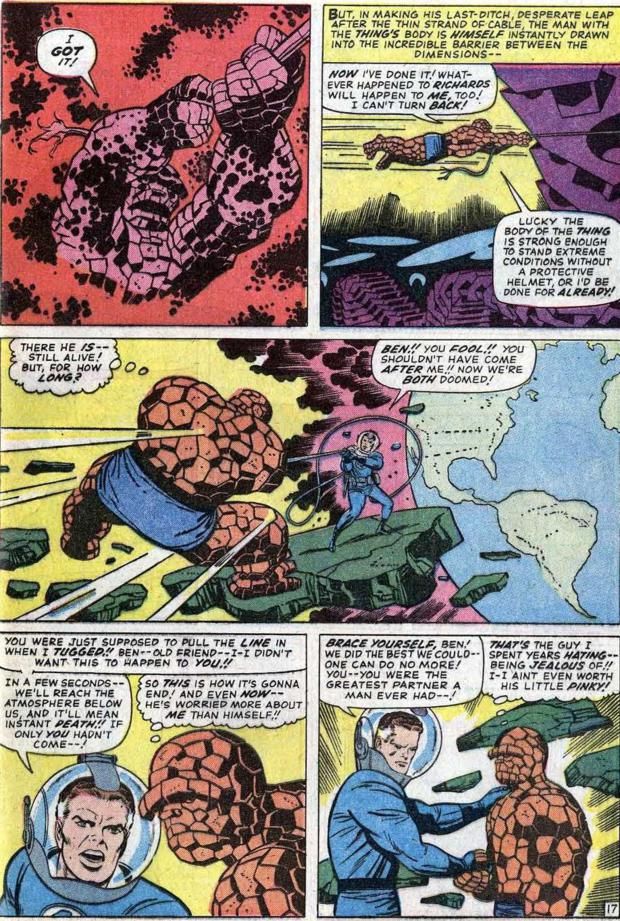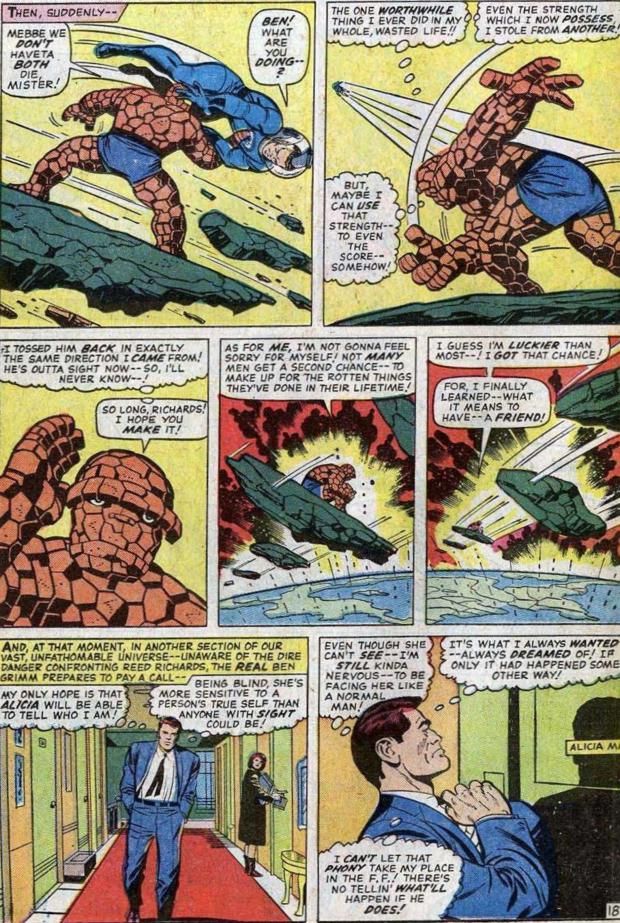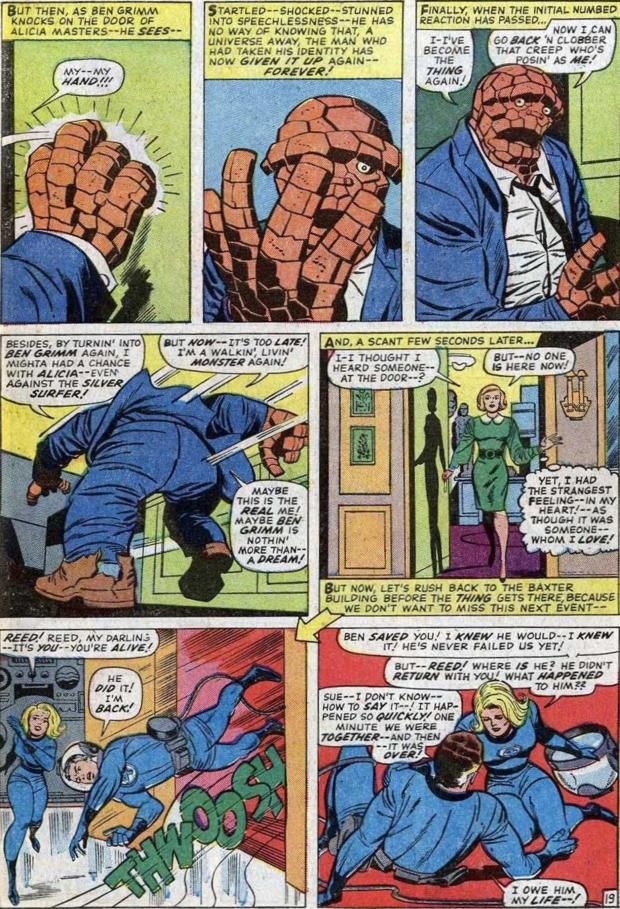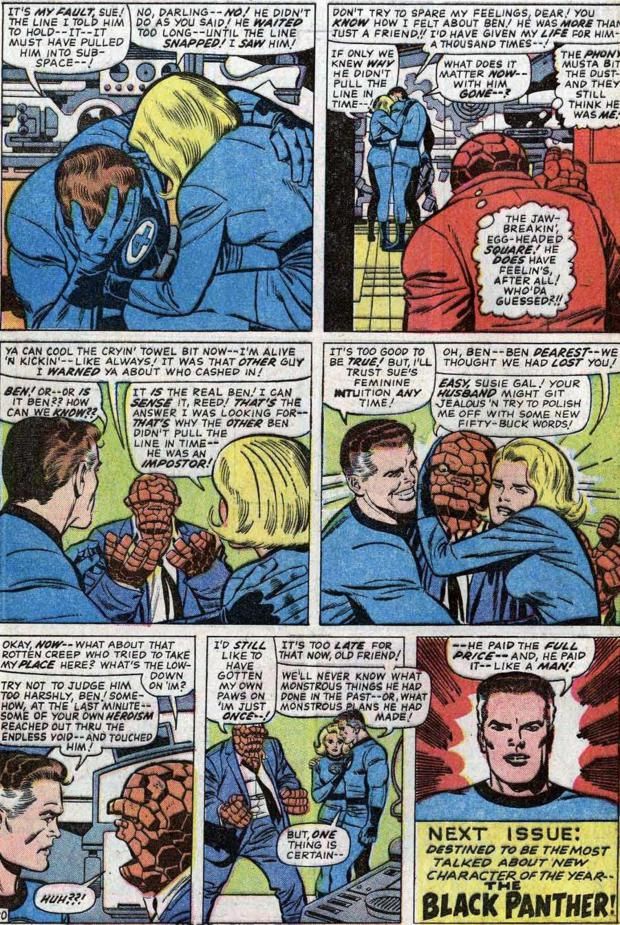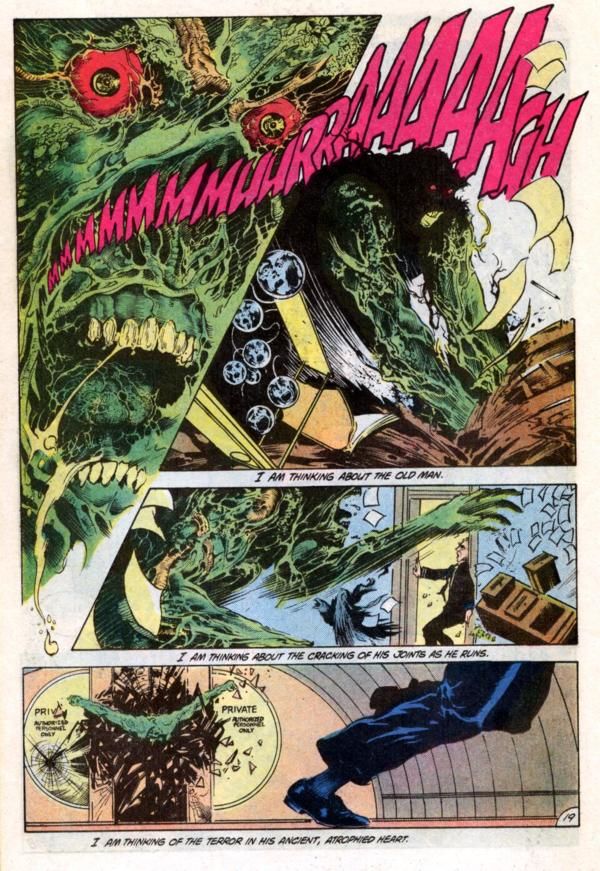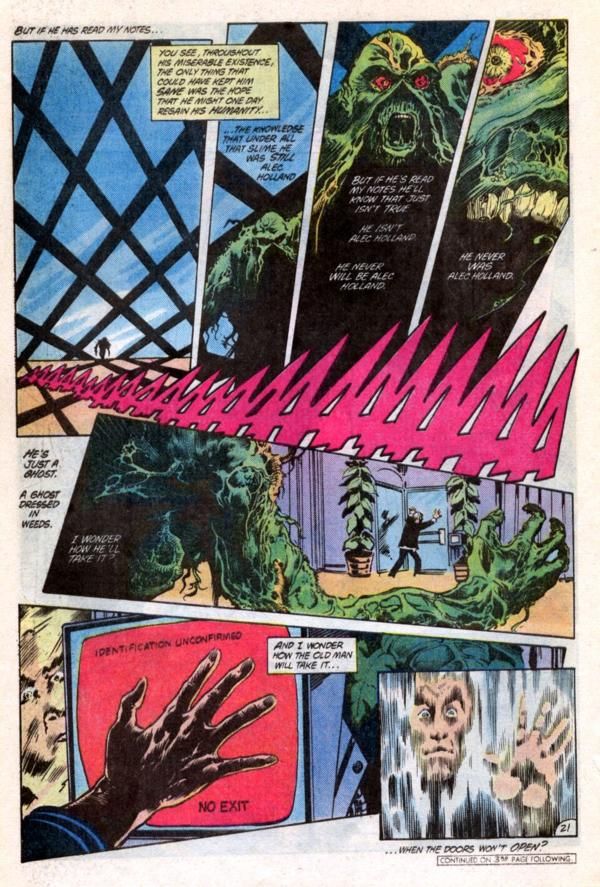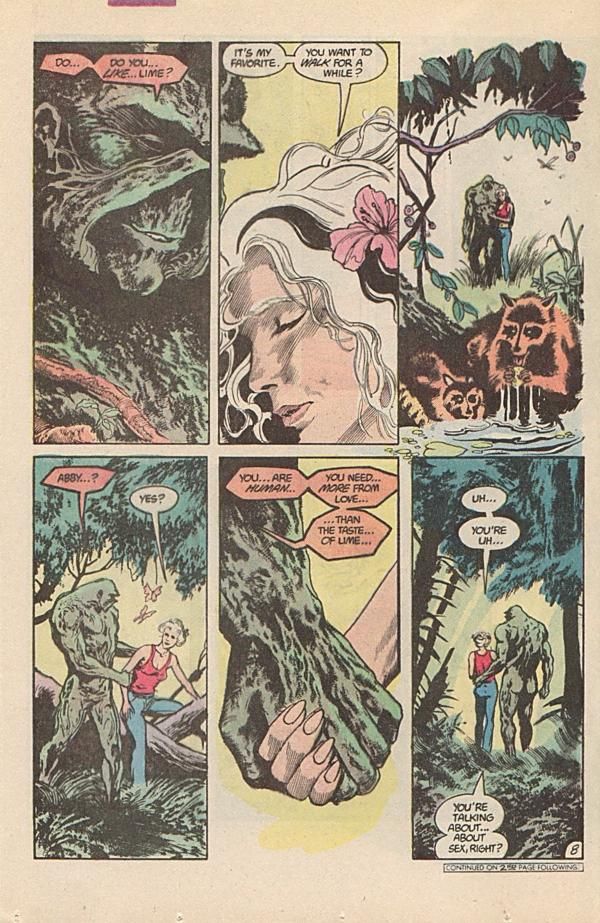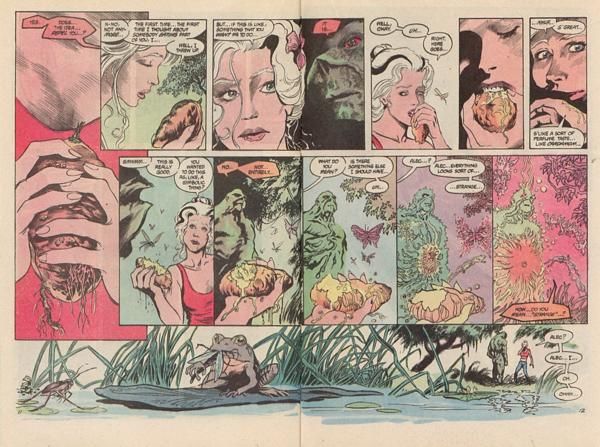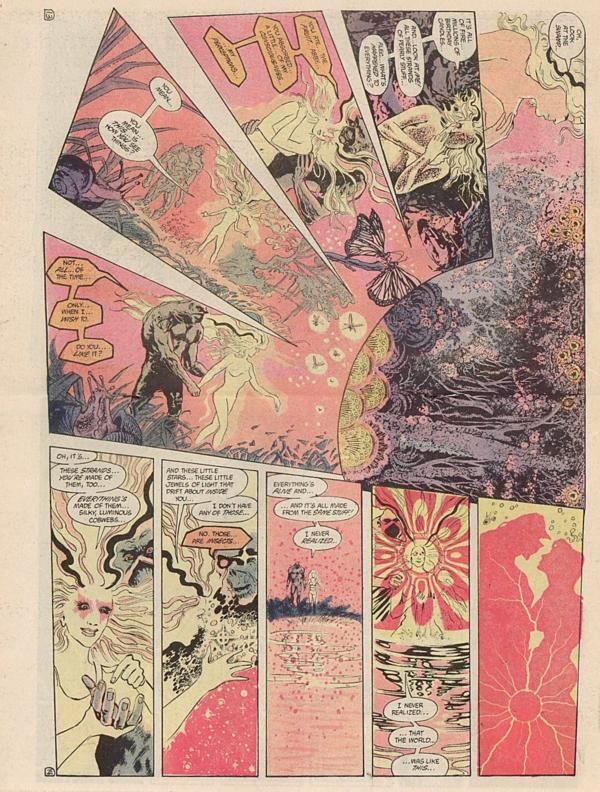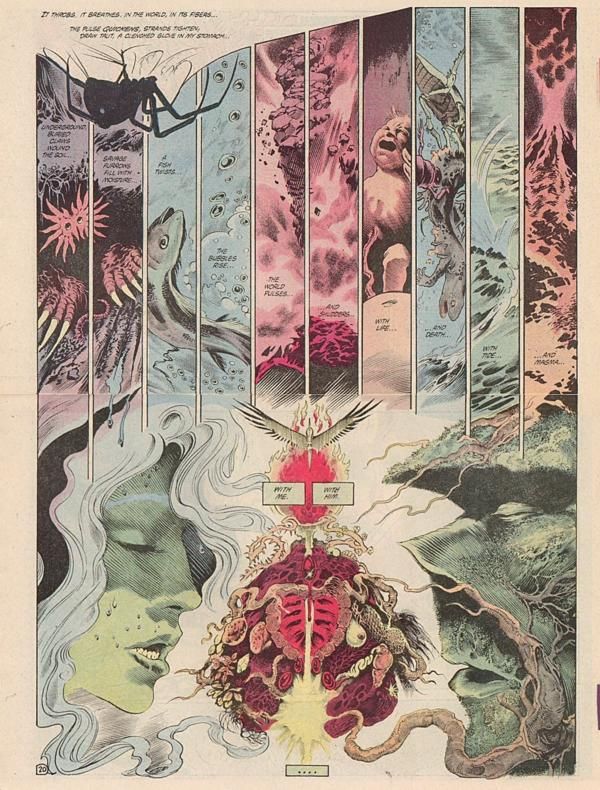You voted, now here are the results of your votes for your favorite comic book creator runs of all-time! We'll be revealing two runs a day for the rest of the month. Here is a master list of all of the runs revealed so far.
Here's the next two runs...
4. Stan Lee and Jack Kirby’s Fantastic Four – 863 points (29 first place votes)
Fantastic Four #1-102, Fantastic Four Annual #1-6
To put the over 100-issue run on Fantastic Four by Stan Lee and Jack Kirby into perspective, take into consideration that its now more than forty years after they FINISHED the book, and writers are still working off the stories they did in those issues, that is how deep and realized the universe was that they created in those 100-plus issues.
Their run was a hit from the get go, so much so that by the fourth issue they were already using it to bring back a Golden Age Marvel character, Namor. To go from the return of a classic character to the introduction of an even MORE classic character is no small feat, but that's what Lee and Kirby did with the introduction of Doctor Doom in Fantastic Four #5.
Doctor Doom is one of, heck, he IS the greatest supervillain in comic history, and he made the rest of Kirby and Lee's run a little easier, as they knew they could always go back to Doom if they needed a cool story.
The best part about their run, though, was that (until the later stages) they DIDN'T go back to the well - they just kept creating and innovating, like with the Inhumans, Galactus and the Silver Surfer.
In one of the great changeups in comic history, they went from the epic Inhumans story DIRECTLY into the epic Galactus story and then WHAMMO - they hit you with the inspired one-off humanity-inspired piece, This Man, This Monster.
Really, though, when you think about it, the power of humanity is behind both the Galactus trilogy AND "This Man, This Monster."
In the Galactus trilogy, it was his experiences with humanity (namely Alicia Masters) that turned Silver Surfer against his master, Galactus. Along with the Human Torch acquiring the Ultimate Nullifer (in instance #1,403 of the Watcher ignoring his "do not interfere" credo), this turned the tide against Galactus...
Later, in "This Man, This Monster," a scientist takes away the Thing's cosmic mutation in order to live as the Thing himself, all in an attempt to kill Mister Fantastic. But when he actually gets the chance...
Stan Lee sure had a lot of faith in the power of humanity!
Whether they were telling large scale stories or small scale stories, all of the Fantastic Four tales were blessed with Stan Lee's impressive dialogue and Kirby's absolutely brilliant design work and bombastic storytelling. It is important to note that nearly halfway through their run they added a steady inker, Joe Sinnott, who would be with the book the rest of the ride. It might be a coincidence that Sinnott joined the book just as it hit its peak of creativity (the ten-issue stretch where they introduced the Inhumans, Galactus, Silver Surfer, Black Panther AND fit in "This Man, This Monster"), but I wouldn't be surprised if it wasn't.
This was a roller coaster ride of epic proportions, and it's too bad it ended when it did.
Still, the run as a whole was a masterpiece of superhero comic fiction.
3. Alan Moore's Swamp Thing – 1184 points (27 first place votes)
Saga of the Swamp Thing/Swamp Thing #20-58, 60-61, 63-64, Annual 2
Something that I think often gets lost when discussing Alan Moore's tremendous run on Swamp Thing is how the run started. Everyone remembers Moore's SECOND issue, "Anatomy Lesson," but Moore actually started on the book one issue earlier, tying up the loose plotlines of previous writer Marty Pasko. It's quite interesting to read the care and attention Moore puts into Pasko's storylines, while still managing to wrap it all up in one issue in a much different style than Pasko.
And then, of course, with the Pasko storylines finished, Moore dropped the big one - "Anatomy Lesson." There have been a number of other significant retcons with titles before, but they all paled in comparison to what Alan Moore did with "Anatomy Lesson," which revealed that the entire origin of Swamp Thing was false - Alec Holland was not transformed into Swamp Thing during a chemical explosion - instead, the chemicals animated a group of vegetation into THINKING it was Alec Holland.
Later, Moore would also explain the various inconsistencies of Swamp Thing's origin by saying that there were many different Swamp Things who all had the same basic origin. Clever meta-fiction work by Moore.
Moore was ably assisted by the art team that was there when he joined the book, penciler Stephen R. Bissette and inker John Totleben - together, Bissette and Totleben delivered a stunningly rich art style, that was perfect for the moody stories Moore told.
Throughout his run, Moore would tell deep character-based stories, most notably the relationship between Swamp Thing and Abigal Arcane. The issue where the two have sex is a stunning testimony to both Moore's skills as a writer and Bissette and Totleben's skills as artists. See how Swamp Thing and Abby have sex for the first time...
Once they've begun, their sexual experience is shown in a series of double page spreads. Here's one of them...
Also notable in Moore's work was when he would touch on the DC Universe, and give us drastically different takes on various famous superheroes. Moore's early work with the Justice League in an issue of Swamp Thing informed pretty much every modern writer of the Justice League. During his run, Moore also introduced John Constantine, who would be Swamp Thing's guide on a number of stories (more accurately, he would con Swamp Thing into getting involved in stuff).
Towards the end of his run, Rick Veitch became the artist on the book, and while he had a much different style than Bissette and Totleben, it was still excellent artwork, and it was Veitch who would end up following Moore on the title as writer (and doing a fine job, himself).
Without Moore's Swamp Thing, we likely wouldn't have seen Vertigo and all the comics that spun out of Vertigo, or if we did see them, it would have taken a long time to get there, so its influence is massive.

